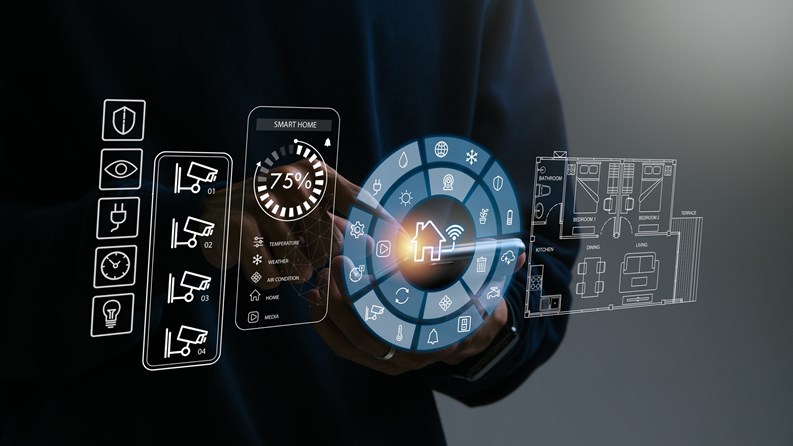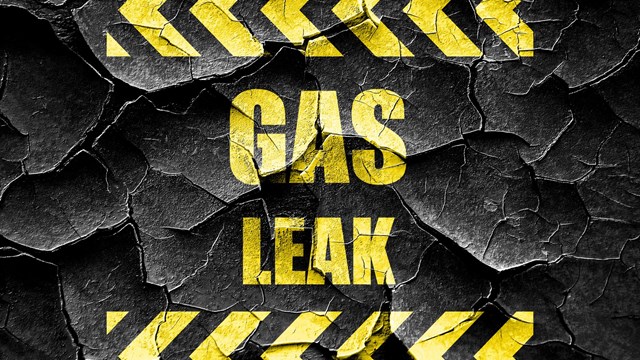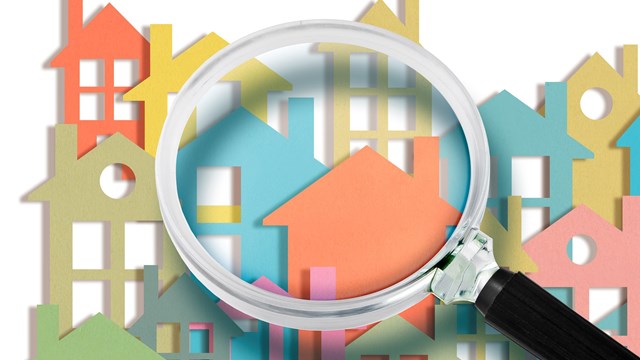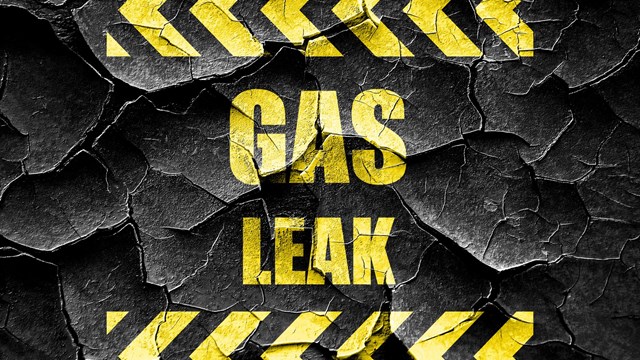Many co-ops have yet to upgrade to modern self-operating building controls, and as a result those buildings are struggling with increasing energy prices, are at risk for Local Law 97 fines, and most importantly, are putting their shareholders - and the board - at risk for preventable tenant injuries and costly building mechanical failures.
Since the 1970s, most building controls - the equipment that runs the heating, cooling, water, and electric systems - have relied on humans to manually watch and adjust them, often in person.
Contrast this with the automotive industry. Everything from passenger safety to drivetrain performance, fuel efficiency, and how the vehicle handles in response to a driver is completely run by software. Compared to even five years ago, cars are safer, more fuel efficient, easier to drive well, and pollute less than at any time in the history of the internal combustion engine. And this doesn’t even consider the advancements that electric and self-driving cars will soon be bringing us.
To make even reasonable progress on improving efficiency with current building systems, managers and supers need to manually keep track of temperature changes throughout the inside and outside of their buildings in real time, and physically run down to the boiler room to adjust the heating systems in response. They need to check every system and every apartment for critical and dangerous issues and update their boiler settings every 15 minutes. And they have to do all of this 24/7, 365 days a year. If that sounds impossible to you, it is.
Smart operators and co-op boards have already figured out that the only way to survive and thrive for the next decade is to have their buildings manage the day-to-day operations of the systems on their own. It’s the only way to achieve the level of efficiency our budgets, regulators, tenants and the climate requires. The good news is that as self-operating building controls have matured and become the gold standard, they have also gotten more affordable. In fact, Con Edison and National Grid will now even pay for a large part of the installation cost, because these systems are so effective at reducing energy usage while improving tenant safety and comfort.
The company I started was founded on this idea: If we want buildings everywhere to remain affordable, climate compliant, comfortable, and safe, we have to enable them to upgrade with self-operating controls - and do so affordably. The typical multifamily building can reduce its utility costs by over 21% on average by upgrading to self-operating systems, and the case of our clients, systems paid for themselves in nine months or less directly from the savings delivered.
iPhones adapt second by second and get smarter every day. Netflix learns subscribers' preferences every minute they watch. Uber finds passengers precisely as they walk down the block. Modern clothes dryers are now even updated in real-time about the load coming from the washing machines so clothes are dried in optimal time using less energy. Given the available, accessible technology, relying on manual, non-self-operating control technology to manage millions of dollars of energy, building equipment, and tenant safety just isn’t a responsible option any more.
Lee Hoffman is co-founder and president of Runwise, a building control platform based in New York City that helps control heating, water and other key systems in over 4,000 buildings. Runwise’s customers include Blackston/Beam, Lefrak, Related, First Service, Equity Residential, Fairstead, Douglas Elliman, and Lemle & Wolff.










Leave a Comment